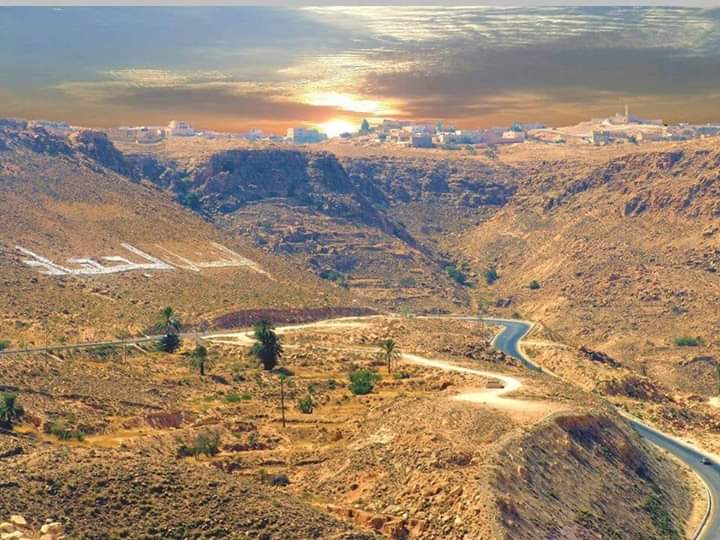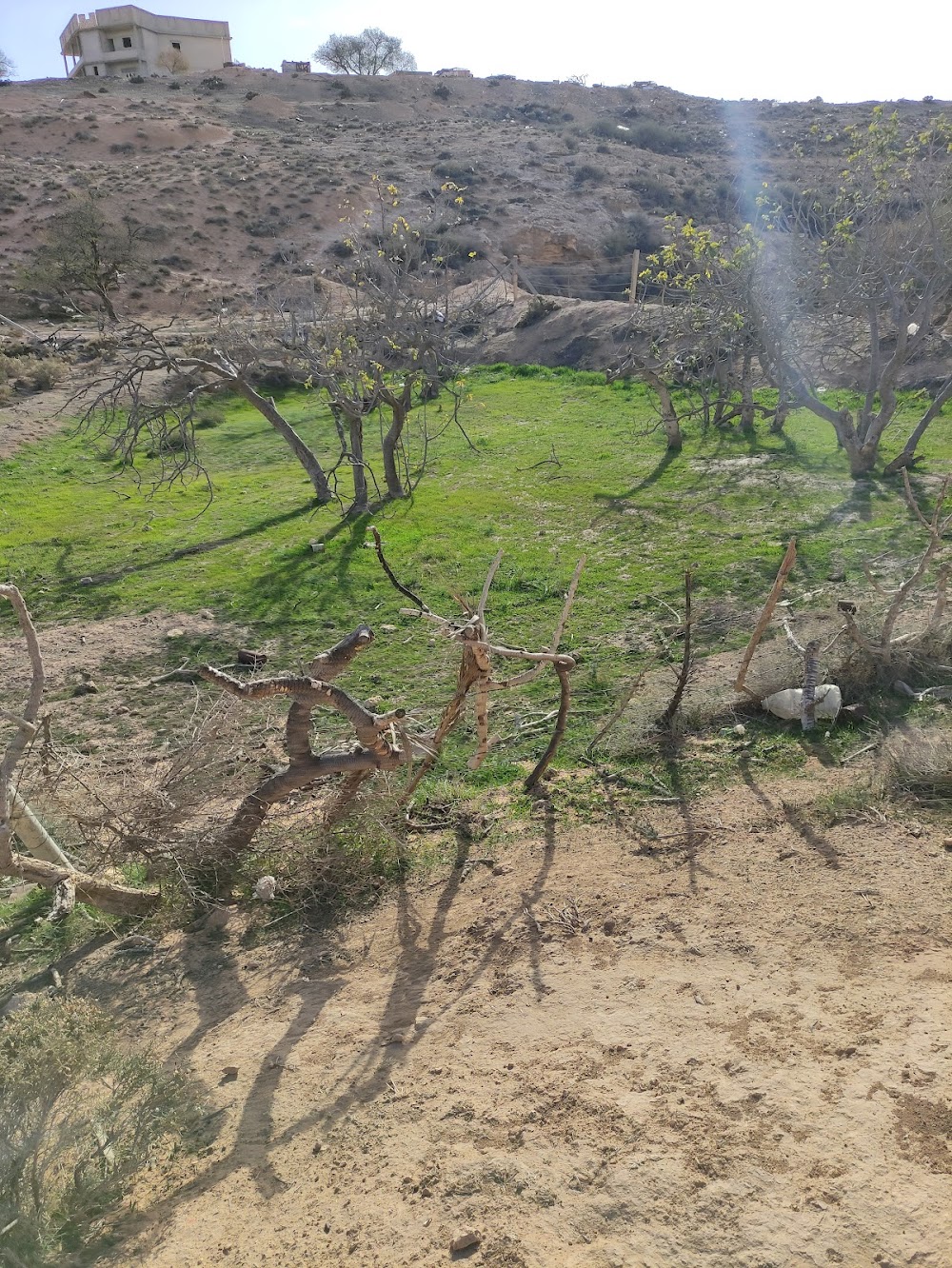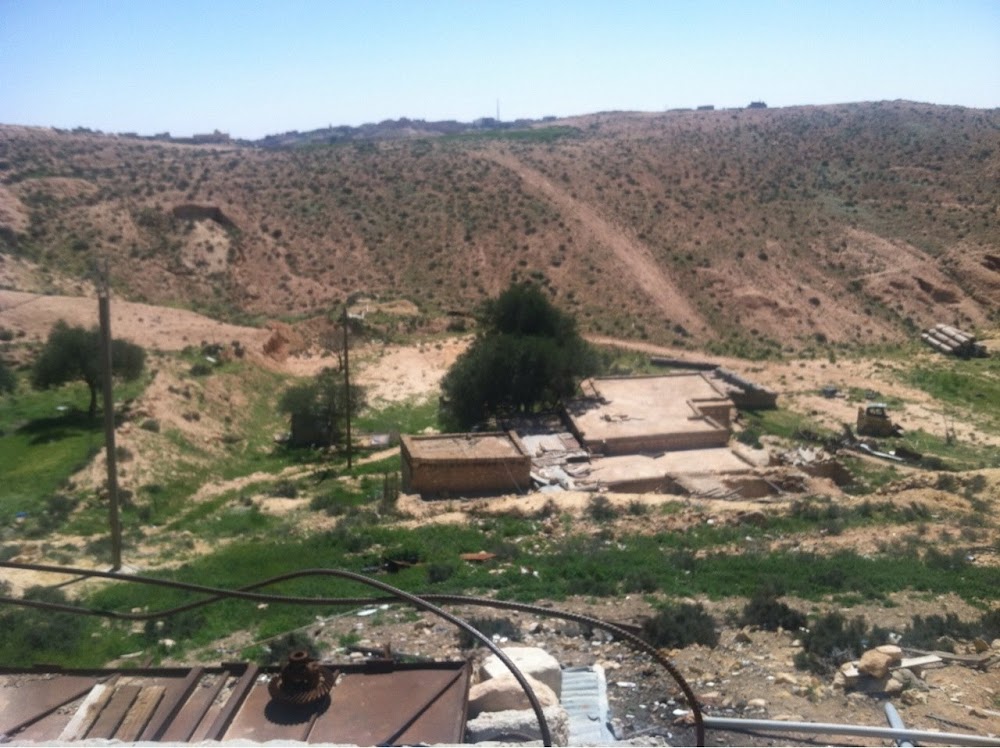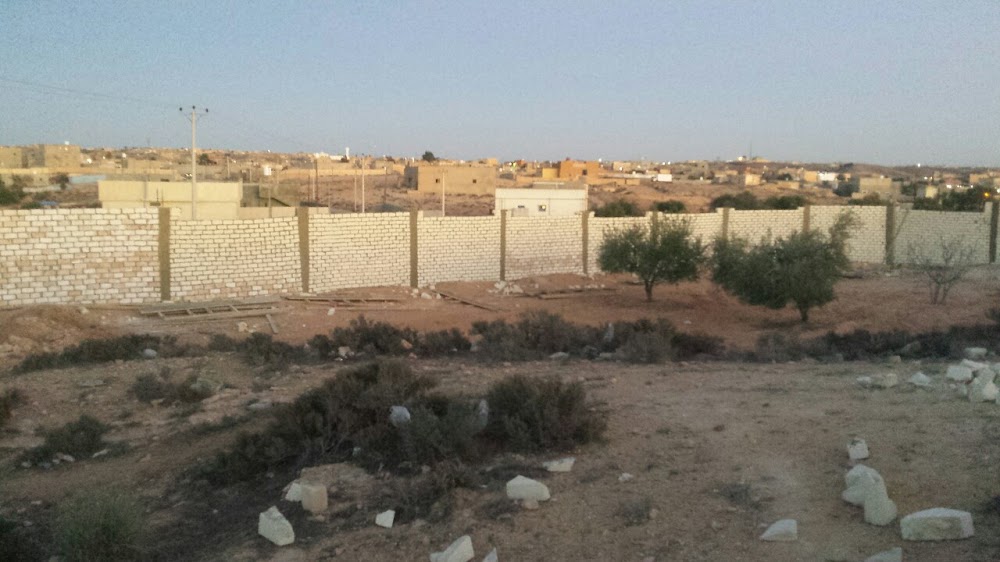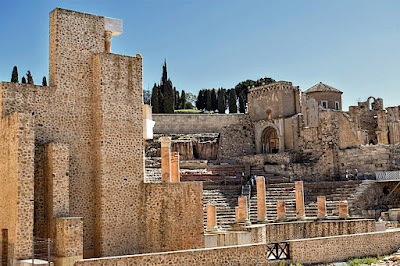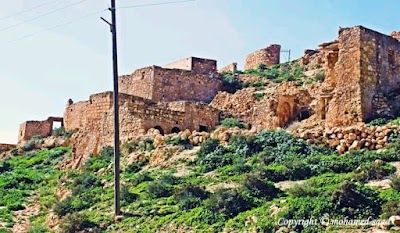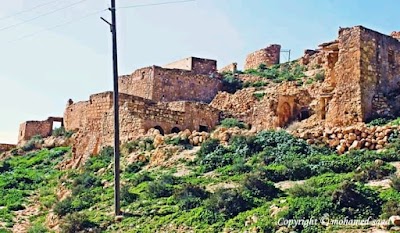Zintan (الزنتان)
Overview
Zintan is a remarkable city located in the Jabal al Gharbi District of Libya. Nestled amidst the stunning Nafusa Mountains, it offers a unique blend of natural beauty and historical significance. The story of Zintan is deeply rooted in its geographical and cultural setting, shaped by the resilience and ingenuity of its people.
The city traces its origins back to ancient times, with evidence suggesting it was inhabited by Berber tribes. The Berbers are the indigenous people of North Africa, known for their rich traditions and strong sense of community. Over the centuries, Zintan became a melting pot where various cultures and influences merged, contributing to its unique character.
One significant aspect of Zintan’s architectural development is its adaptation to the mountainous terrain. Traditional houses in Zintan are built using locally-sourced materials, primarily stone, which helps maintain a comfortable indoor temperature throughout the year. The buildings are typically clustered together, creating a network of narrow streets and alleys that enhance the city’s charm. This close-knit architectural style reflects the strong communal bonds among the inhabitants.
The construction process in Zintan involves collaborative efforts, with families and neighbors often coming together to assist one another. This practice, known as "twiza," is a traditional form of cooperative labor that reinforces social ties and ensures the durability of structures. Through twiza, homes are built, and the essence of community solidarity is preserved and strengthened.
An essential element of Zintan’s heritage is its robust fortifications. Historically, the city has held strategic importance, perched atop the Nafusa Mountains, which made it a natural stronghold. Ancient fortresses and walls, some of which still stand today, were constructed to defend against invasions. These fortifications bear witness to Zintan’s storied past and the relentless spirit of its people in safeguarding their homeland.
The economy of Zintan has traditionally been based on agriculture and livestock, thriving thanks to the fertile valleys surrounding the city. Terraced farming is a common sight, where crops like olives, figs, and barley are cultivated. These terraces are expertly crafted to optimize water usage, reflecting the inhabitants' deep understanding and respect for their environment. Livestock such as sheep and goats are also integral to the local economy, providing meat, wool, and dairy products.
In recent times, Zintan gained international attention due to its pivotal role in the Libyan Revolution of 2011. The city’s residents actively participated in the uprising against the regime of Muammar Gaddafi, making Zintan a symbol of resistance and courage. The legacy of this struggle is still evident in the city’s collective memory, reinforcing its identity as a hub of resilience.
Modern-day Zintan continues to evolve while retaining its rich cultural heritage. Efforts are underway to balance development with the preservation of traditional values and historic sites. Tourism is slowly gaining traction, as visitors are drawn to the city’s picturesque landscapes and historical significance. The local community welcomes guests with warm hospitality, eager to share the stories and traditions that define Zintan.
Improvements in education and healthcare have also been a focus, with new schools and medical facilities established to serve the growing population. These advancements are crucial for the well-being and future prosperity of Zintan’s residents, ensuring that the city can thrive in the contemporary world without losing its unique identity.
In conclusion, Zintan is a city that embodies a rich tapestry of history, culture, and community spirit. From its ancient Berber origins and ingenious architectural feats to its role in modern-day struggles and aspirations, Zintan stands as a testament to the strength and determination of its people. Nestled in the heart of the Nafusa Mountains, it remains a beacon of heritage and hope for future generations.


